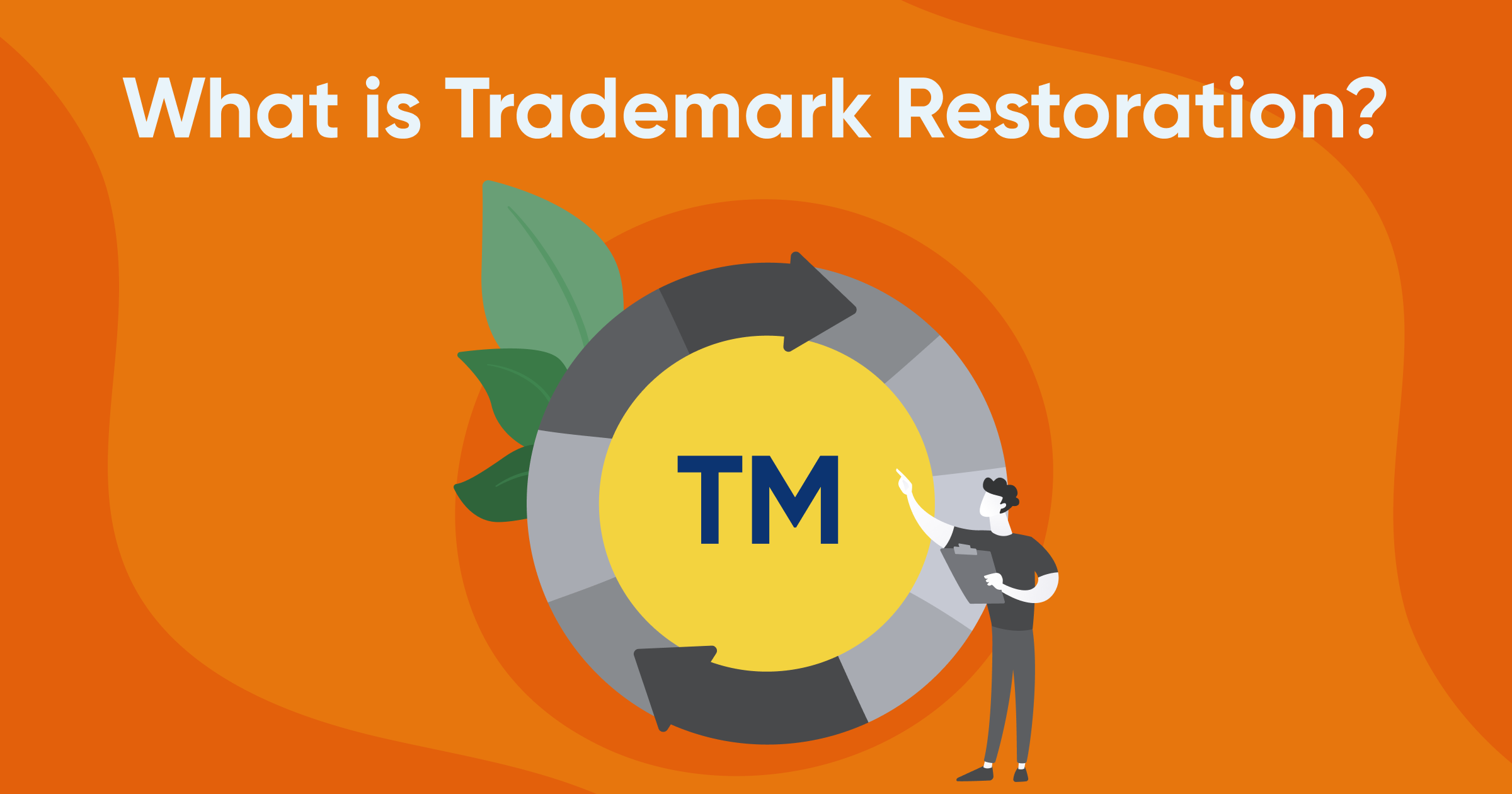What is Trademark Restoration?
Trademark restoration is a legal process that allows businesses and individuals to reinstate a trademark that has been removed from the registry due to non-renewal or other reasons. In India, trademarks play a vital role in establishing brand identity and protecting intellectual property. Losing a trademark due to non-renewal can have significant consequences, and restoration provides a pathway to regain those rights. This blog will explore trademark restoration in India, covering its importance, the process, and key considerations.
Importance of Trademark Restoration
A registered trademark offers exclusive rights to use the mark and prevents unauthorized use by others. If a trademark is removed from the registry due to non-renewal or failure to comply with procedural requirements, the owner loses these exclusive rights. Restoration becomes essential for:
- Brand Protection:
- Ensuring competitors or third parties do not misuse the mark.
- Reinstating Legal Rights:
- Regaining the exclusive rights and benefits that come with trademark registration.
- Maintaining Brand Reputation:
- Avoiding confusion or dilution of brand identity in the market.
Reasons for Trademark Removal
Trademarks may be removed from the registry for several reasons, including:
- Failure to Renew:
- Trademark registration is valid for ten years and must be renewed before expiration. Failure to renew results in removal.
- Non-Compliance with Rules:
- Failure to comply with procedural requirements set by the Trademark Registry.
- Voluntary Withdrawal:
- Trademark owners may choose to withdraw their trademarks intentionally.
Timeline for Trademark Restoration
Trademark restoration must be initiated within a specific timeframe. In India, the process can be initiated:
- Within Six Months After Expiry:
- The trademark can be renewed by paying the prescribed fee within six months from the date of expiry.
- After Six Months but Within One Year:
- If the six-month renewal window is missed, a restoration request can be filed within one year from the expiration date, along with additional fees.
Failing to act within this timeframe results in the permanent removal of the trademark from the registry.
The Trademark Restoration Process
Restoring a trademark in India involves the following steps:
- Filing the Application:
- File Form TM-R (for renewal) or Form TM-13 (for restoration) with the Trademark Registry.
- Payment of Fees:
- Pay the required renewal or restoration fees, which includes a penalty for late action.
- Review by the Trademark Registry:
- The Registrar reviews the application to ensure compliance with regulations.
- Publication in the Trademark Journal:
- The restored trademark is published in the Trademark Journal to inform the public and invite objections, if any.
- Final Approval:
- If no objections are received, the trademark is reinstated in the registry.
Common Challenges in Trademark Restoration
Trademark restoration is not without challenges, such as:
- Missed Deadlines:
- Failure to act within the prescribed timeframe results in permanent loss of the trademark.
- Objections from Third Parties:
- Restored trademarks published in the journal may face objections from other parties.
- Incomplete Documentation:
- Inaccurate or incomplete applications can lead to delays or rejection.
- High Costs:
- Penalties and fees for restoration can add up, especially if legal assistance is required.
Best Practices for Trademark Restoration
To ensure a smooth restoration process, follow these best practices:
- Track Renewal Dates:
- Maintain a record of trademark renewal dates and set reminders to avoid missing deadlines.
- Act Promptly:
- Initiate the restoration process as soon as possible to minimize risks.
- Seek Professional Assistance:
- Engage legal professionals or platforms like Trademarkia to handle the restoration process efficiently.
- Ensure Documentation Accuracy:
- Double-check all forms and documents to ensure accuracy and compliance.
How Trademark Restoration Protects Businesses
Restoring a trademark provides significant benefits for businesses:
- Continuity of Rights:
- Restores the exclusive rights to use the mark and prevents misuse.
- Market Positioning:
- Helps maintain brand equity and prevents competitors from exploiting the mark.
- Legal Protection:
- Reinstates legal remedies against infringement and unauthorized use.
Examples of Trademark Restoration
- Large Corporations:
- Large companies often restore trademarks to maintain their extensive portfolios. For instance, a multinational corporation may restore a trademark for a discontinued product to prevent third-party misuse.
- Small Businesses:
- Small businesses can use restoration to recover trademarks that are crucial for their operations and branding.
Conclusion
Trademark restoration is a vital process for businesses and individuals who want to regain control over their trademarks after non-renewal or removal. Acting promptly, following the proper process.
If You are seeking help with your brand name restoration, our experts provide seamless guidance to ensure your trademark rights are reinstated efficiently. Contact us today to secure your brand’s future!







